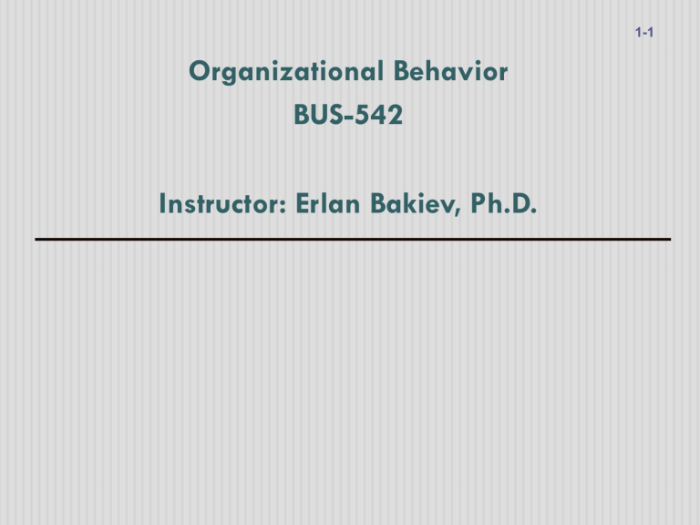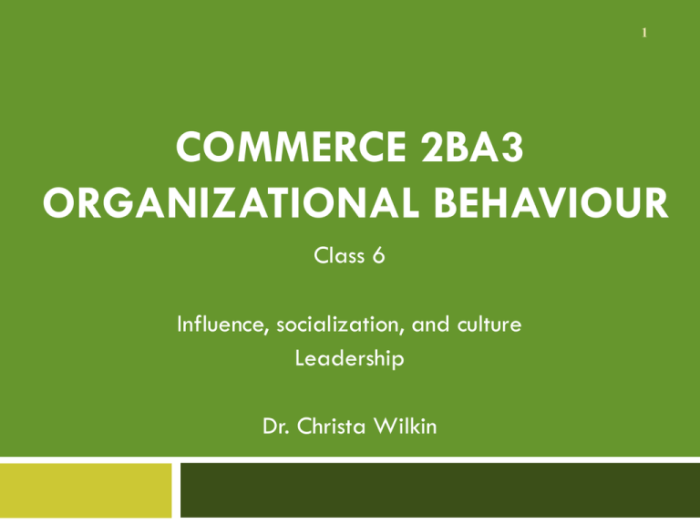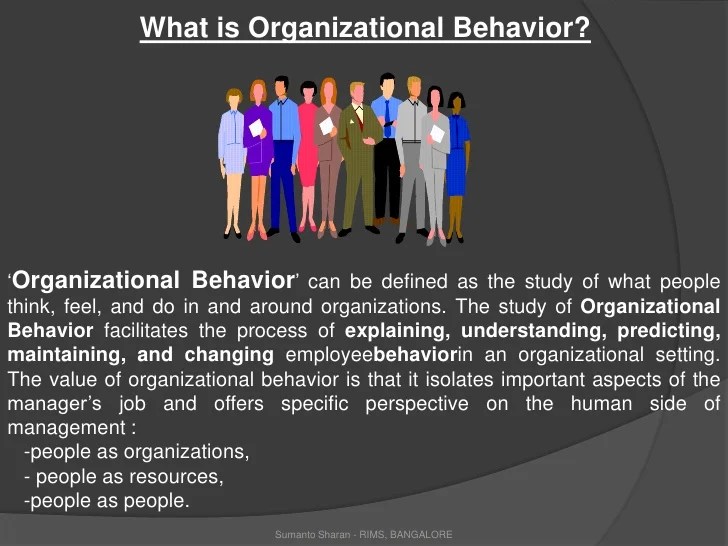Organizational Behavior Version 4.0 by Talya Bauer and Berrin Erdogan marks a pivotal moment in the field, introducing groundbreaking concepts and theories that reshape our understanding of workplace dynamics. This comprehensive guide delves into the significance of OB 4.0, exploring its key updates, applications, future directions, and the authors’ perspectives that have shaped this transformative work.
As organizations navigate an ever-evolving business landscape, OB 4.0 provides a roadmap for understanding and managing human behavior within the workplace. Its innovative insights empower leaders and practitioners to create more effective and thriving work environments.
1. Organizational Behavior Version 4.0
An Overview

Organizational Behavior Version 4.0 (OB 4.0) is the latest iteration of the influential Organizational Behavior framework. It represents a significant advancement in the field, incorporating cutting-edge research and practical insights to provide a comprehensive understanding of human behavior in organizational settings.
OB 4.0 is characterized by its focus on technology, globalization, and diversity. It recognizes the profound impact that these factors have on workplace dynamics and individual behavior. The framework also emphasizes the importance of data-driven decision-making and the use of evidence-based practices to improve organizational outcomes.
Key Updates and Changes from Previous Versions
- Incorporation of technology and its impact on workplace behavior
- Increased emphasis on globalization and cross-cultural interactions
- Focus on diversity, equity, and inclusion
- Integration of data analytics and evidence-based practices
- Enhanced focus on employee well-being and mental health
2. Key Concepts and Theories in OB 4.0
OB 4.0 is built upon a foundation of core concepts and theories that explain human behavior in organizations. These include:
- Motivation: The forces that drive individuals to behave in certain ways
- Perception: How individuals interpret and make sense of their environment
- Communication: The exchange of information and ideas within organizations
- Leadership: The process of influencing and directing others
- Group Dynamics: The behavior of individuals within groups and teams
OB 4.0 also incorporates the latest theories in the field, such as:
- Social Cognitive Theory: Emphasizes the role of cognitive processes in shaping behavior
- Positive Organizational Psychology: Focuses on building strengths and resilience in individuals and organizations
- Network Theory: Explores the impact of social networks on individual behavior and organizational performance
3. Applications of OB 4.0 in the Workplace

OB 4.0 has numerous applications in the workplace, including:
Improving Employee Motivation
- Understanding the factors that motivate employees
- Creating a work environment that supports employee motivation
- Using rewards and recognition to enhance motivation
Enhancing Communication
- Improving communication channels and processes
- Using technology to facilitate communication
- Developing effective communication strategies
Building Effective Teams, Organizational behavior version 4.0 by talya bauer and berrin erdogan
- Understanding the dynamics of team behavior
- Creating high-performing teams
- Managing conflict and resolving team issues
Promoting Leadership Development
- Identifying and developing leadership potential
- Creating leadership development programs
- Supporting and mentoring leaders
4. Future Directions of OB 4.0: Organizational Behavior Version 4.0 By Talya Bauer And Berrin Erdogan
OB 4.0 is a continuously evolving framework. Emerging trends and future directions include:
The Impact of Technology
- Exploring the role of artificial intelligence and automation on workplace behavior
- Investigating the impact of social media and virtual reality on communication and collaboration
- Developing ethical guidelines for the use of technology in organizations
Globalization and Diversity
- Understanding the challenges and opportunities of managing a diverse workforce
- Developing strategies for cross-cultural collaboration
- Promoting inclusion and equity in the workplace
Employee Well-being
- Focusing on employee mental health and well-being
- Creating a work environment that supports work-life balance
- Developing programs to promote employee resilience
5. Authors’ Perspectives on OB 4.0

Talya Bauer
Talya Bauer is a professor of Organizational Behavior at the Stanford Graduate School of Business. Her research focuses on the role of technology in shaping workplace behavior and organizational outcomes. She is a leading expert in the field of OB 4.0 and has published numerous articles and books on the topic.
Berrin Erdogan
Berrin Erdogan is a professor of Organizational Behavior at the University of California, Berkeley. Her research interests include cross-cultural management, diversity, and inclusion. She is a co-author of the OB 4.0 textbook and has made significant contributions to the field of organizational behavior.
FAQ Summary
What is the significance of Organizational Behavior Version 4.0?
OB 4.0 introduces a paradigm shift in organizational behavior, incorporating the latest research and insights to provide a more comprehensive and nuanced understanding of workplace dynamics.
How does OB 4.0 differ from previous versions?
OB 4.0 features significant updates, including new theories, models, and case studies that reflect the evolving nature of work and the challenges faced by organizations today.
What are the key applications of OB 4.0 in the workplace?
OB 4.0 provides practical tools and strategies for leaders and practitioners to enhance employee motivation, improve communication, foster collaboration, and create more inclusive and equitable work environments.